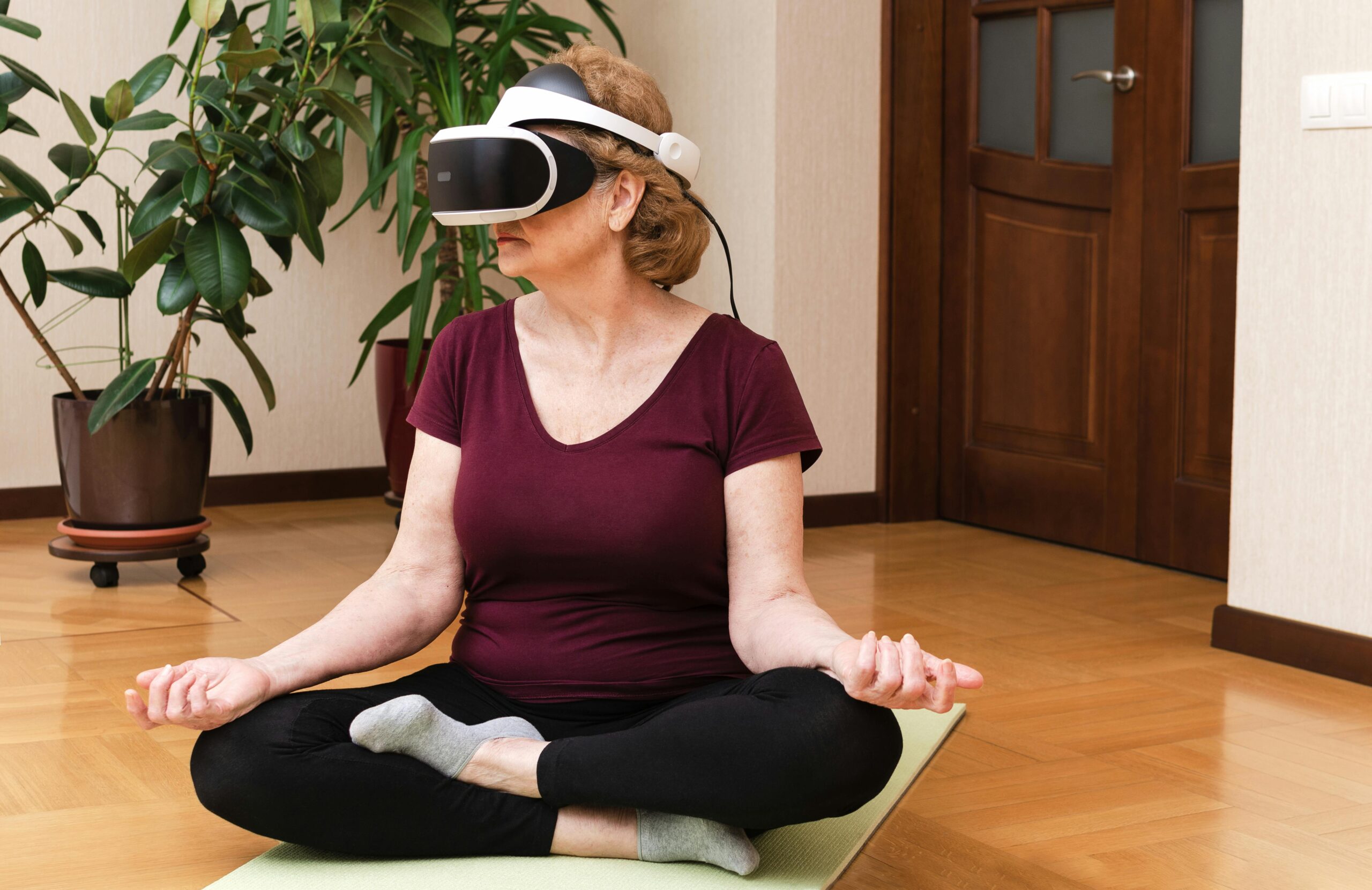Mental health care is changing—but not in loud, flashy ways. It’s changing quietly, one headset at a time.
We’re talking about VR therapy for mental health, and how it’s opening doors for people who’ve struggled with anxiety, PTSD, phobias, and even social anxiety.
You might imagine virtual reality as a gaming peripheral. But with therapists, VR is a superhero power that helps people overcome fears, process trauma, and build confidence—in a way that’s safer, more contained, and sometimes, more successful.
Let’s take apart how VR therapy works, who it’s helping, and why it might just revolutionize the treatment of mental health.
What Is VR Therapy, Exactly?
VR treatment uses interactive virtual worlds to simulate real-world settings in a safe, controlled space—guided by a qualified therapist.
Here’s how it works:
– You wear a VR headset.
– The software sets up a particular scenario: being on an airplane, giving a speech in front of people, walking down a crowded street.
– You experience it while your therapist guides and monitors you through the process.
It’s not science fiction—it’s science-backed.
Why VR Works for the Mind
The magic of VR is that your brain interprets virtual experiences nearly indistinguishably from real ones. That makes it perfectly suited to exposure therapy, with gradual, controlled exposure diminishing fear and anxiety.
Advantages of VR therapy:
– Phobias (height, spiders, flying)
– Recovery from PTSD and trauma
– Anxiety and panic disorders
– Social anxiety
– Stress and mindfulness training
???? Actual example: In one trial, veterans with PTSD saw huge gains through exposure therapy via VR—often when traditional talk therapy was failing.
Who’s Using It (And Who It Helps Most)
VR therapy is no longer the province of hospitals or high-end clinics. More and more therapists, psychologists, and mental health firms are adding it to treatment plans.
It’s especially good for:
– People who’ve hit a wall with talk therapy
– Individuals with fear of real-world exposure (e.g., flights or crowds)
– Young adults and teens who are responsive to tech aids
And because the environments can be duplicated and controlled, it offers reliability that real-world exposure often cannot.
Yes, You Can Try VR Therapy from Home
The good news is, you don’t always have to visit a clinic. Some websites now offer at-home VR therapy through standalone software or with an online therapist.
Examples are:
– Psious
– Oxford VR
– Limbix
– BehaVR
You may need a basic VR headset (like Meta Quest), but the sessions can be done privately, and many are designed for ease of use—even if you’ve never used VR before.
What VR Therapy Isn’t
Let’s be clear: VR therapy is not therapy itself. It’s a tool—not a magic wand.
You still need professional guidance, a strategy, and sincere emotional sweat. But it can make that sweat more effective, especially when dealing with fear-based disorders or deeply ingrained fears.
Should You Try It?
If standard therapy hasn’t worked—or confronting fears is too overwhelming—VR therapy could be an option.
Ask yourself:
– Would I want to be more in control through therapy?
– Am I open to using tech in my recovery process?
– Have I struggled to get things moving along in non-virtual reality sessions?
If yes is the answer to any of these, talk with a therapist who has training in VR technology or seek out programs where you are.
If You Want to Learn More
Still curious about how VR therapy for mental health is done?
– Explore our Building a Virtual Office in the Metaverse for the latest tools transforming therapy.
External Resource Worth Looking At
- APA’s Review of Virtual Reality Therapy: A deep dive into how psychologists are utilizing VR to recover from trauma, anxiety, and more.



